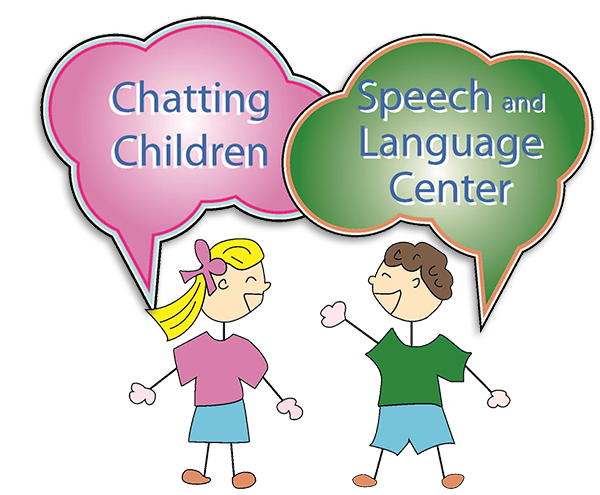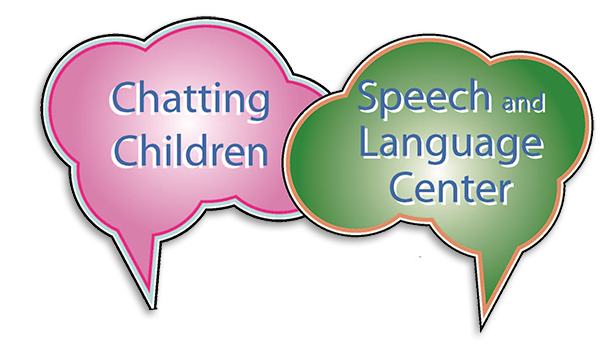In order for children to get a head start on reading, they must have a strong understanding of how sounds and letters operate. We, as parents and educators, can help build a child’s phonological awareness skills – the child’s ability to manipulate sounds and words. Children will learn that language is made up of words, syllables, rhymes and sounds. Many of these skills are addressed in pre-school. However, for those of you who have been reading Dr. Seuss books to your child, you have already exposed them to one of the earlier developing phonological awareness skills – RHYMING. Try these fun tips at home:
- When reading rhyming books, leave out a target rhyming word within a passage for your child to fill in (e.g., Jack and Jill went up the ____).
- Give your child a word (e.g., “mop”) and see how many rhyming words they can produce (i.e., Rhyming Production). Accept non-sense words as well… that makes it silly and more fun for the child!
- Say two words aloud and have your child determine if the words rhyme (i.e., Rhyming Identification).
SEGMENTING is another phonological awareness skill that children can practice at home. It can be very motivating especially when you incorporate movement into the task. Start with sentences and have your child clap, tap or hop for each word in the sentence. For example, “The car is blue” would have four claps. As they master this skill, progress to words and have your child do the same, but this time for the number of syllables (or chunks) in each word. For example, the word “shoe” would have only one clap, while the word “umbrella” would have three. Try this with classmates’ names or family member names. Kids have great fun with this! The final step to segmenting is having a child state all of the sounds they hear in a word. For example, the word “run” has three sounds /r/ – /u/ – /n/, while the word “key” only has two sounds /k/ – /ee/.
BLENDING, which is the ability to combine sounds to create words, is an essential part of reading. We can practice blending while listening to words, syllables and/or sounds. Start with compound words. Speak out both parts of the word with a pause in the middle to see if your child can blend them together to create a new word. Listed below are examples:
- Tooth – paste
- Mail – box
- Rain – bow
- Butter – fly
- Cart – wheel
Once your child masters the ability to blend words, practice the same task with 2-3 syllable words such as: Ta – ble, Sis – ter, E- ra – ser. The final step in blending is the ability to blends sounds to create words. Again, verbally state the sounds in a word, with a pause between each sound, and have your child blend them together to make a word. For example, in the word “cat”, you would say each sound (NOT LETTER): /k/ – /a/ – /t/.
This is the beginning of phonological awareness… stay tuned for more fun activities to play with your child to help build their pre-reading skills. The best part of phonological awareness activities is that you can practice throughout the day. There is no need to sit at a table and “drill” your child. Try these activities while driving to gymnastics or basketball practice. Try them while taking a bath or before bed time while cuddling with your child. Have fun with it and your child will too!

